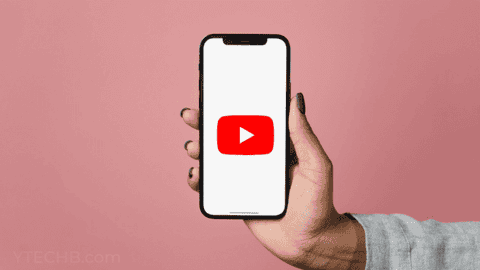In an ongoing effort to combat ad blockers, YouTube has announced a significant expansion of its enforcement policies. Following an initial test phase in June 2023 and a broader rollout last October, YouTube is now targeting third-party apps that interfere with ad playback. This move aims to address a growing trend of users accessing YouTube through alternative applications that block advertisements.
YouTube Tightens Grip on Ad Blocking, Targeting Third-Party Apps
These third-party apps, exemplified by services like AdGuard, often provide an interface for viewing YouTube content while simultaneously filtering out ads. However, under YouTube’s updated policy, users attempting to watch videos through such apps will encounter error messages or experience buffering issues. This effectively restricts access to YouTube content for those who rely on third-party ad blockers.
Impact on Users and Creators
YouTube justifies its actions by emphasizing the role of advertising revenue in supporting its creator community. The platform argues that ad blockers directly hinder creators’ ability to earn income from their content. Additionally, YouTube highlights the role that ad revenue plays in maintaining its free service, accessible to billions globally.
However, users critical of the new policy argue that the current advertising model can be intrusive and disruptive to the viewing experience. They point to the prevalence of repetitive ads, misleading content, and privacy concerns associated with targeted advertising.
The Future of Ad Blocking on YouTube
The latest move by YouTube represents an escalating battle between the platform and users seeking an ad-free viewing experience. While YouTube prioritizes its creators and the financial model that supports them, users face a limited choice: endure advertisements, subscribe to a premium service (YouTube Premium), or potentially lose access to content entirely.
It remains to be seen how effective YouTube’s crackdown will be in the long run. Developers of third-party apps may find workarounds to circumvent these restrictions, leading to a continuous game of cat and mouse. Additionally, some users might choose to switch to alternative video platforms with less stringent ad policies.
Ultimately, YouTube will need to strike a balance between supporting its creators, generating revenue through advertising, and maintaining a user-friendly platform that caters to a diverse audience with varying preferences for ad exposure.
